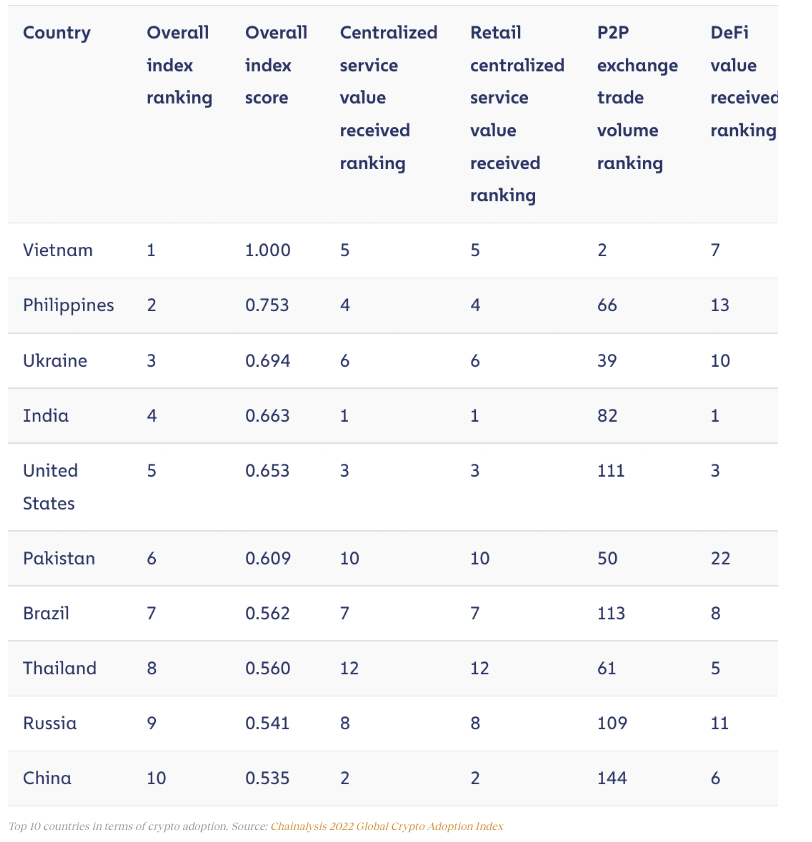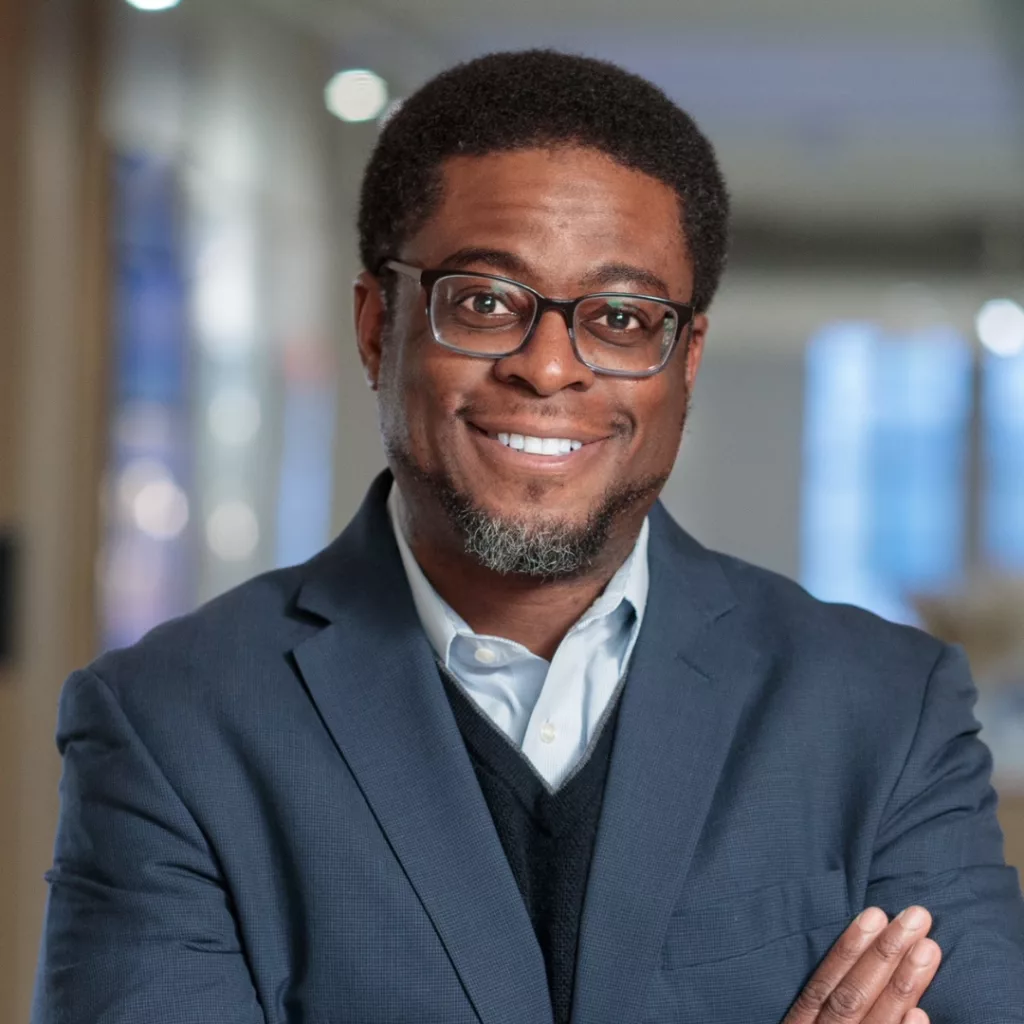
Summary
- Asia has taken top position in the evolution of CBDCs and stablecoins.
- In the Philippines, there are hopes that stablecoins will be able to address the roughly 70% of the country’s adult population that is unbanked.
- The Philippine central bank aims to make 50% of all retail payments in the country digital and to onboard 70% of the adult population into the formal banking system by 2023.
- Watch the briefing and read more Crypto Council analysis.
The digitization of money is quickly changing the way society exchanges value, and nowhere is this more prevalent than in Asia, which is home to some of the most advanced central bank digital currencies (CBDCs) and stablecoin projects in the world.
As regulators and the private sector begin to recognize the need to address these burgeoning technologies, it’s important that they remain flexible to innovation and take a globally cooperative approach, while doing so as quickly as possible to tackle a quickly changing industry, said panelists speaking at Forkast’s “Crypto Rising: CBDCs & Stablecoins: The Asia Perspective” livestream event.
A CBDC is a digital currency that is issued by a country’s central bank, such as China’s e-CNY. Also called the digital yuan, the currency is the largest CBDC project in the world and is currently in widespread trials across the country. A stablecoin is a cryptocurrency that is backed by real-world assets, such as the U.S. dollar.
“What we’re really excited about in the development of cryptocurrency and for stablecoins is that the use cases are growing, [they] have established themselves and — especially the traditional ones — [they] have been very successful,” said Martin Pickrodt, chief executive officer of Marketnode and head of fixed income at the SGX Group.
“We started with stablecoins just being a means to enable traders to get out of crypto positions into another token without having to convert it into fiat,” he said. “And now we’re starting to think about how can we make international transfers.”
Pickrodt added the next step for the technology was to move into traditional financial markets, which far outstrips the size of the crypto market, adding that it would be “incredibly transformative” once it does.
Explore Asia’s forefront position in the evolution of CBDCs and stablecoins, and the Philippines’ drive towards digital assets.
The Philippines and stablecoins
In the Philippines, there are hopes that stablecoins will be able to address the roughly 70% of the country’s adult population that is unbanked. The Philippine central bank, the Bangko Sentral Ng Pilipinas (BSP), is aiming to make 50% of all retail payments in the country digital and to onboard 70% of the adult population into the formal banking system by 2023.
Melchor T. Plabasan, director of technology risk and innovation supervision department at BSP, told the livestream that this goal was on track as of the end of last year. He said the central bank had been taking a collaborative approach with the private sector to adopt the best purpose-fit regulation.
“We are also making sure that when it comes to regulations, there are clear evidence-based nuanced regulations that are really intended to minimize the risk,” he said, “At the end of the day, while we see the potential of stablecoins, there are also risks associated related to money laundering, cybersecurity, etc.”

The US starts to pay attention
Given its outsized influence in the global economy, the U.S. is often a central focus for technology, finance and regulation, but Linda Jeng, chief regulatory officer and general counsel at the Crypto Council for Innovation and a former member of the Federal Reserve Board of Governors, agreed that there was a lot of innovation coming out of Asia.
“I think we have a lot here in the U.S. to learn from our fellow Asian counterparts and the vibrant economies and companies that are currently developing in the region,” she said.
Even as advanced as Asia is in this regard, however, Jeng admitted there was still a great deal more work to be done.
“There are many things that one would need to do to welcome the digital dollar into the economy,” she said. “But in the end, money is still a social construct, and we have to enshrine it in the law.”
LACHLAN KELLER
Lachlan is a journalist and producer at Forkast working from Melbourne, Australia. His work can be found in numerous magazines in Australia on topics ranging from culture to science. Lachlan holds a Bachelor’s degree in Journalism from Macleay College in Australia.

























